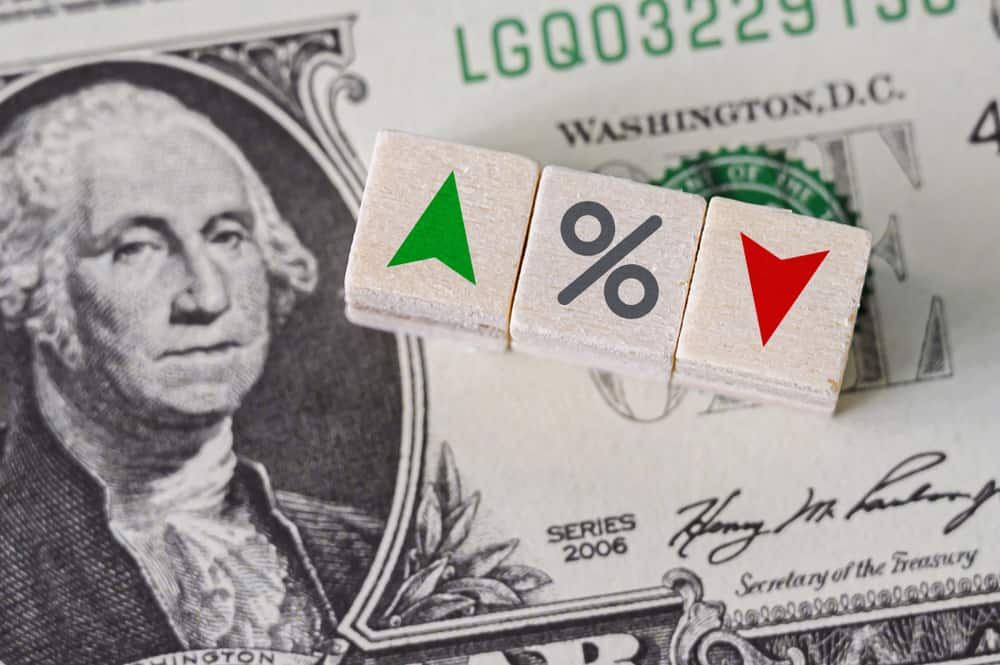The United States stock market has continued to defy odds by attracting investments as the economy attempts to recover from the shadows of the pandemic. The stock market’s status is highlighted by the growing valuation in 2021.
According to data acquired by Finbold, in the first three quarters of 2021, the U.S. stock market value hit $48.57 trillion, growing 19.22% when compared to 2020’s full-year valuation of $40.74 trillion. Therefore, the market added $7.83 trillion in capital this year alone.
In 2019, the stock market was valued at $33.9 trillion. Overall, in the last decade, the valuation has been growing steadily. Data on the value of United States stock market value is provided by SIBLI Research.
Market valuations hit highs despite economic uncertainty
The valuation has correlated with the recent stock market rise despite the coronavirus pandemic’s economic effects. At the onset of the pandemic, the market plunged to historic lows. Following the plunge, it recovered quickly, with various companies hitting historical highs in their stock.
Several factors are driving the surge in valuation, especially amid the economic turmoil. The market has garnered support from government-initiated stimulus packages to cushion the economy. Notably, the U.S. is among jurisdictions that initiated great monetary and fiscal stimulus like the low-interest-rate environment. Generally, low interest usually drives investors to higher-risk investments like stocks. Interestingly, the stock market appears to be thriving despite the current high inflation conditions.
Furthermore, more avenues have recently opened up for people to pump money into the stock market. Amid the pandemic, retail investments gained prominence with the emergence of platforms such as Robinhood and Revolut. Furthermore, instances of social media-fuelled investments at some point rattled the financial markets with stocks such as GameStop and AMC Entertainment Holdings registering significant entry of new investment.
The valuation also indicates that people continue to invest in stocks based on traditional factors like the possibility of reaping greater returns in the form of capital gains and dividends. Worth noting is that these returns are not available in most alternative financial vehicles.
Additionally, the valuation has surged in correlation with the growth of other alternative investment vehicles like cryptocurrencies. During the first three quarters of 2021, the digital currency space has witnessed tremendous growth led by assets like Bitcoin and Dogecoin. Compared to the stock market, cryptocurrencies are known to offer higher returns in a short period despite high volatility. However, both the stock market and the crypto sector are largely being used to diversify portfolios.
On the flip side, with the stock value growing in 2021, some leading exchanges have delisted several companies inspired by factors such as violation of regulations. According to Finbold’s previous report, a total of 179 companies have been delisted from Nasdaq and the New York Stock Exchange (NYSE) between 2020 and 2021.
The valuation also points to the global status of the United States stock exchange market. The market has remained dominant globally, with our previous report indicating that the U.S. controlled over half of the relative size of the global stock market at 55.9% as of January 2021.
Growing valuation a sign of confidence
With investors pumping more money into the stock market, it points to confidence in the stability of future investments. In this case, investors are more likely to purchase stocks if they are convinced their shares will increase in value. However, if there is a reason to believe that shares will perform poorly, more investors will be looking to sell.
Despite the growth in valuation, investors should view it with caution, considering there is still some economic uncertainty. For instance, the emergence of new Covid-19 variants has pushed the market into volatility. Generally, investors should bear in mind that there is a possibility the market will not always go up.









